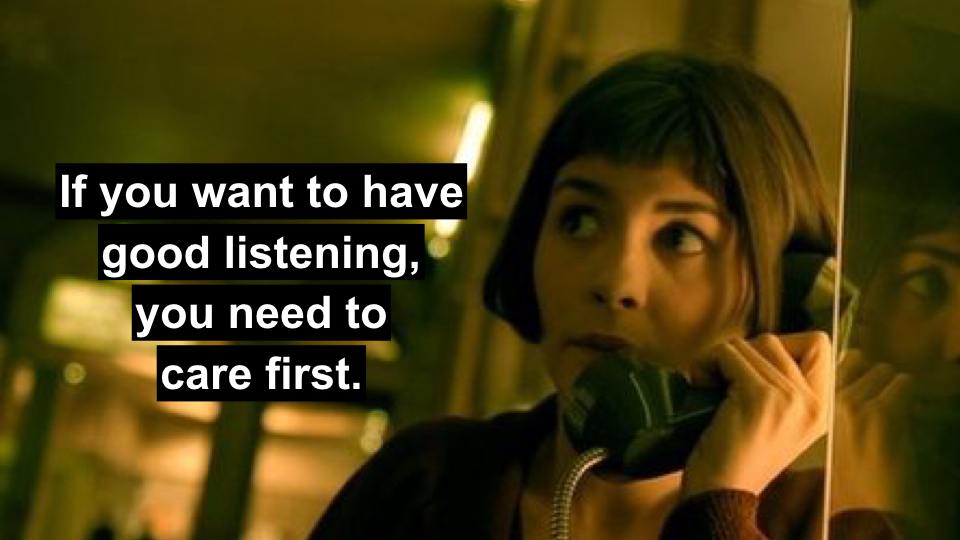

If the dog is having fun, he will be much more likely to learn and be motivated to do the behavior again. If he doesn’t respond, make some squeaky noises until he turns to look at you. Only say the dog’s name once when you call him. When he turns his head to look at you, say “yes” and stand there and wait for him to come all the way over to you and feed a treat. The next step is when your dog is turned away from you, call his name in a high-pitched tone of voice. Repeat this for a couple of sessions until the dog’s ears perk up at the sound of his name. Start by standing in front of him and saying his name and then say “yes” and treat. The Name Game teaches him to turn and come to you when you say his name. Practice around different areas of the house and when he is really starting to get it, work on it in the yard and then on your neighborhood walks. When he turns back to look at you, mark with a verbal “yes” and feed a treat, go back to being neutral. Stand there without talking or looking at him.
#Selective listening free#
Stand with your dog on leash in a distraction free environment like inside the house. If your dog gets out accidently before he is trained, squat or lie down and make high pitched squeals to get him back. You aren’t going to catch them and it becomes a game to them. In those situations where you really need your dog, go get him and put him on leash or try calling from a closer distance. We need to set up training scenarios for success. When we call the dog and they ignore us we teach them something called learned irrelevance which basically means that when something has no consequence, they don’t pay attention to it. Don’t call your dog unless you are 100% sure he is going to come.

And don’t call him from things he is enjoying until he has had a lot of really solid practice and is coming reliably during practice. Use a happy tone of voice when you call him. If you call your dog and then yell at him when he gets there, that isn’t terribly motivating. We should never be punishing our dog for coming or not. While we are in the training phase, there are a few rules to remember that will help teach a reliable recall. Always follow your recall with an immediate reinforcer. Pay according for new or difficult behaviors. Think chicken, cheese, hot dogs, etc. for high value reinforcers.

You may want to do a taste test to see what gets him really excited.

Make a list of your dog’s reinforcers in order of lowest to highest. That could be food, play, petting and praise depending on the dog. That is anything which will make the behavior occur more often. We need to pair the dog’s name with a reinforcer. Fortunately, it is pretty easy to teach but you do have to put the work in and really practice many times.ĭogs learn by association. Not dissimilar to spouses that lose their hearing when you ask them to take out the trash! A recall is a learned behavior, dogs are not hardwired to come when called. Many owners struggle with dogs that seemingly lose their hearing at convenient times. But if I am calling him to come to dinner, he can suddenly hear me! How can I get my dog to come back to me every time I call him? I am scared there is going to be a time when I really need him to come and he isn’t going to listen! Help! He is always barking at things so I call him to come inside and he ignores me. Welcome to “Ask Crystal,” where you can ask your pet behavior questions! You can submit your question for Crystal at the bottom of the page!


 0 kommentar(er)
0 kommentar(er)
